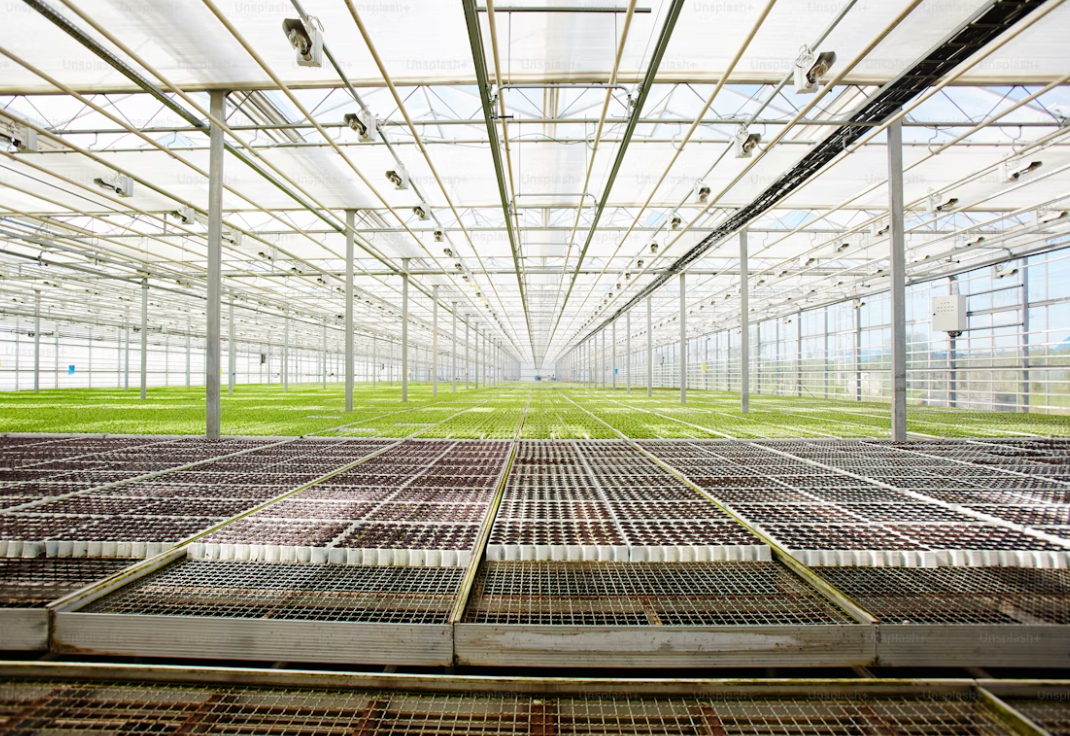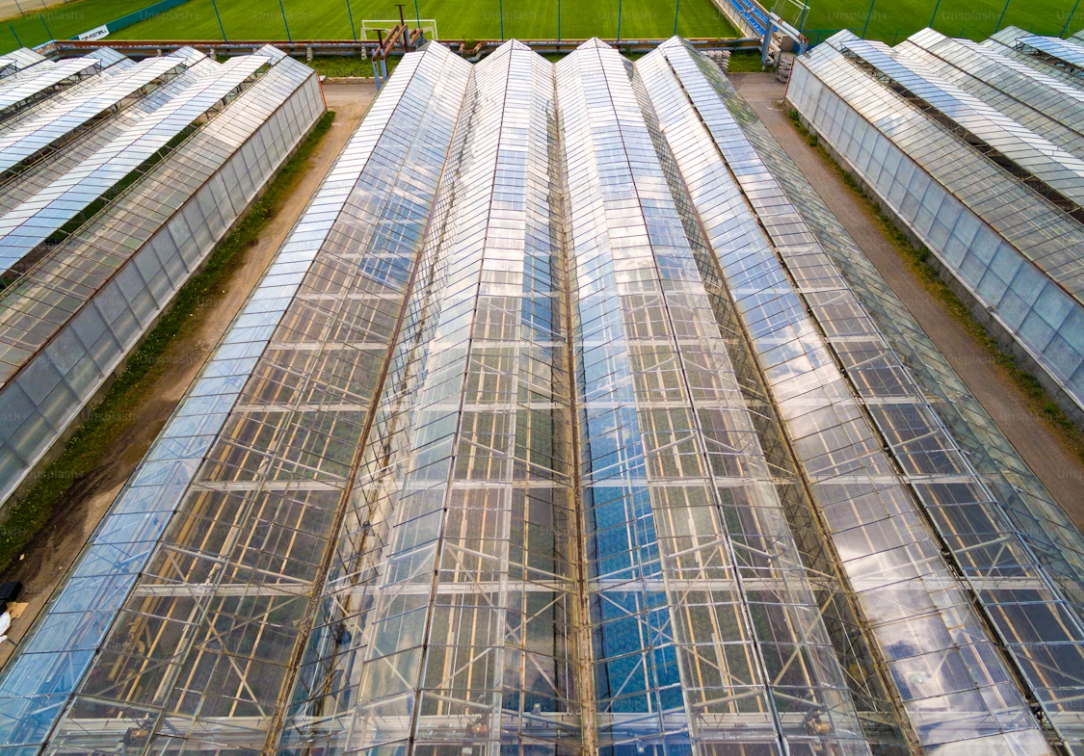High humidity can be both a blessing and a challenge in greenhouse agriculture. While it promotes fast plant growth, excess humidity also increases the risk of fungal diseases, mold, and poor air circulation. For growers in tropical, subtropical, or coastal regions, selecting the right greenhouse structure is crucial for long-term crop success. So, which greenhouse structure is most suitable for high humidity climates?
Let’s explore the best options.

Condensation & Dripping: Moisture builds up on internal surfaces and drips onto plants, leading to disease.
Mold & Mildew Risk: Poor airflow and warm, wet conditions create ideal environments for pathogens.
Ventilation Efficiency: High humidity requires constant air exchange to maintain balance.
Structural Corrosion: In warm, moist climates, structural components may rust or weaken without proper treatment.
Pros:
Double-layer polycarbonate panels offer excellent insulation while reducing internal condensation.
UV-resistant and anti-drip coatings available.
Structurally stable with high humidity resistance.
Durable and easier to maintain than film structures.
Cons:
Higher initial cost than film greenhouses.
Best For: Professional growers and commercial farms in Southeast Asia, South America, and coastal regions.
Pros:
High light transmission.
Elegant appearance and long lifespan.
Cons:
Prone to condensation on glass surface without anti-drip treatment.
Requires advanced ventilation and heating/dehumidification systems.
Heavier structure needs strong foundation.
Best For: Ornamental plants, research facilities in humid regions with advanced environmental control systems.
Pros:
Low cost and easy to build.
Good for temporary or seasonal use.
Cons:
Prone to tearing and internal condensation.
Shorter lifespan (3–5 years).
Requires additional investment in ventilation and anti-condensation films.
Best For: Small farms or budget-conscious growers needing seasonal production in mild humidity zones.
Regardless of structure type, these design features are critical in humid environments:
Roof Ventilation: Must allow hot moist air to escape. Ridge vents + side vents improve airflow.
Sidewall Roll-Ups: Common in film greenhouses; enhance cross-ventilation in tropical climates.
Exhaust Fans and Cooling Pads: Mechanized systems regulate humidity and temperature.
Anti-Drip Materials: Especially in polycarbonate and film greenhouses to avoid water droplets.
Hot-Dip Galvanized Steel Frame: Prevents rust in moisture-rich conditions.
Dehumidification Units: For precision control, especially in enclosed greenhouses like glass structures.

Malaysia & Indonesia: Polycarbonate greenhouses dominate due to frequent rainfall and high temperatures.
Southern China: Multi-span film greenhouses with roll-up sidewalls and exhaust fans are cost-effective yet efficient.
South America (e.g., Colombia): Tall-roof polycarbonate or glass greenhouses are popular for floriculture, thanks to their airflow efficiency.
| Climate Zone | Recommended Structure | Key Features |
|---|---|---|
| Tropical (90%+ RH) | Polycarbonate | Anti-drip layer, active ventilation |
| Subtropical (75–85% RH) | Film or Polycarbonate | Side vents, galvanized frame |
| Coastal | Glass with control systems | Dehumidifier, exhaust fans |
| Rainy Highlands | Polycarbonate | Gutter system, strong frame |
For high humidity climates, polycarbonate greenhouses offer the best balance of insulation, durability, and anti-condensation properties. However, the right choice depends on your budget, crop type, and climate zone.
When designing a greenhouse in a humid area, prioritize:
Strong airflow design
Anti-drip materials
Corrosion-resistant frame
Need help designing a greenhouse optimized for your local climate? Contact our team for a free consultation and custom solution.

Copyright ©Kunyu Greenhouse Co., Ltd. All Rights Reserved | Sitemap